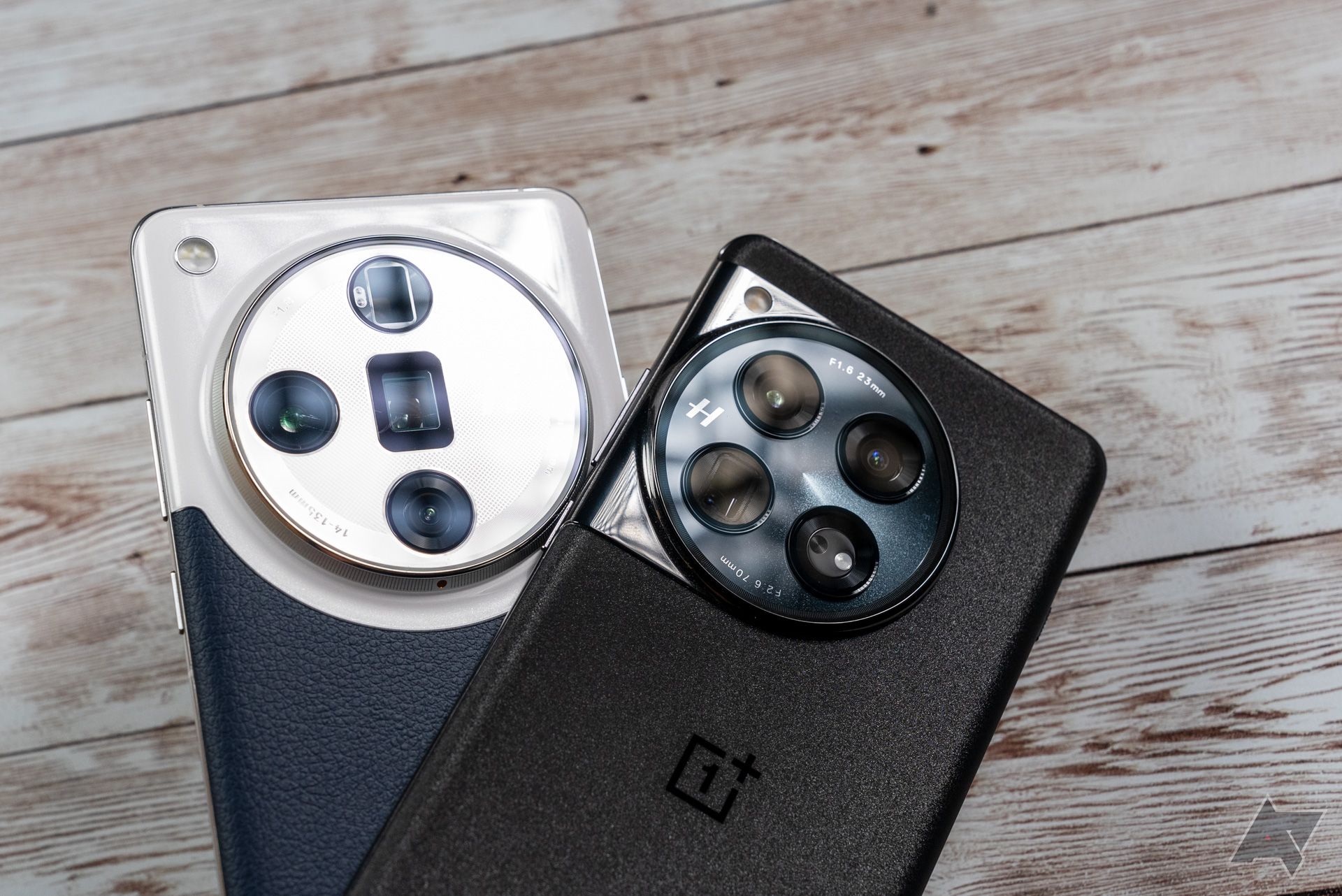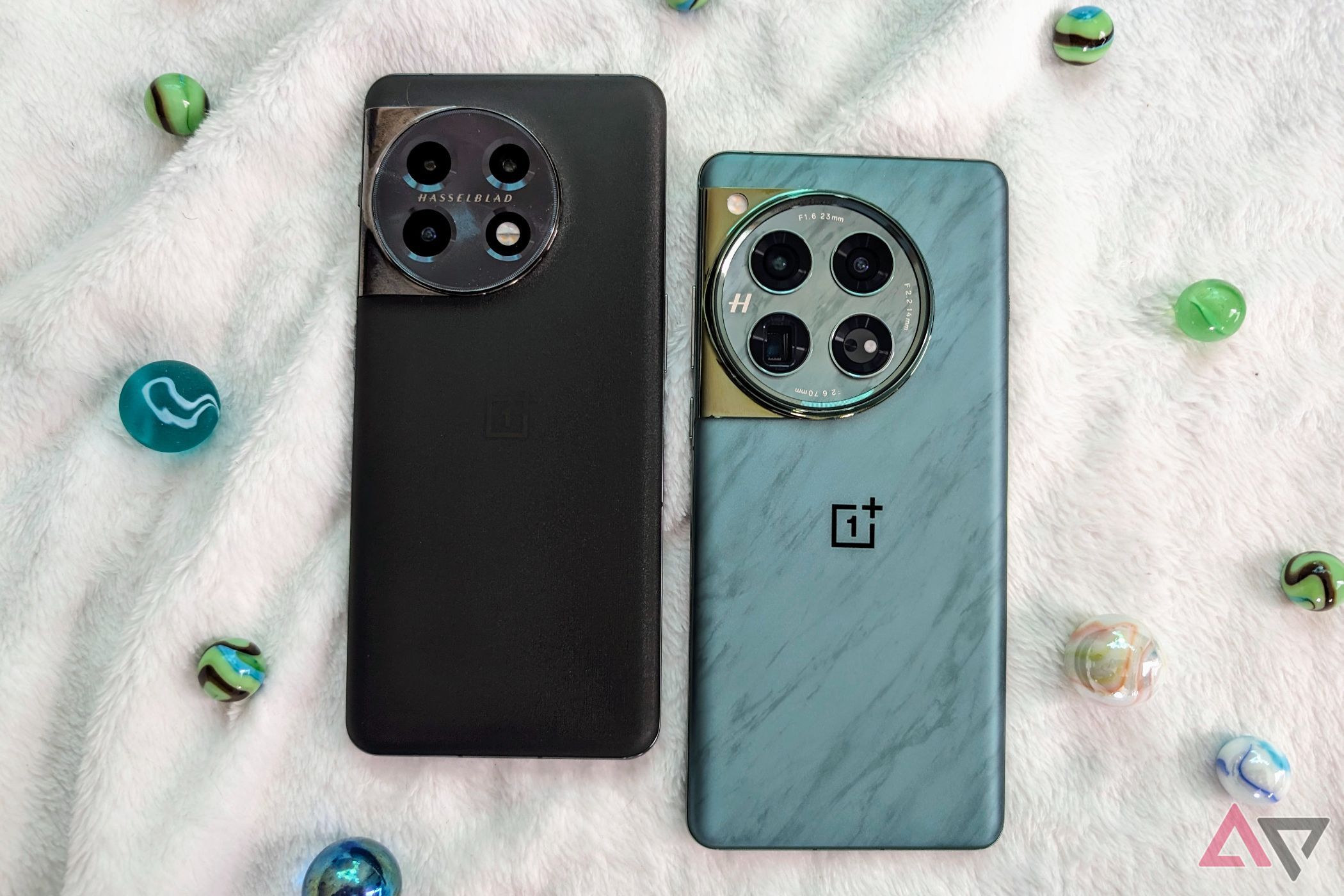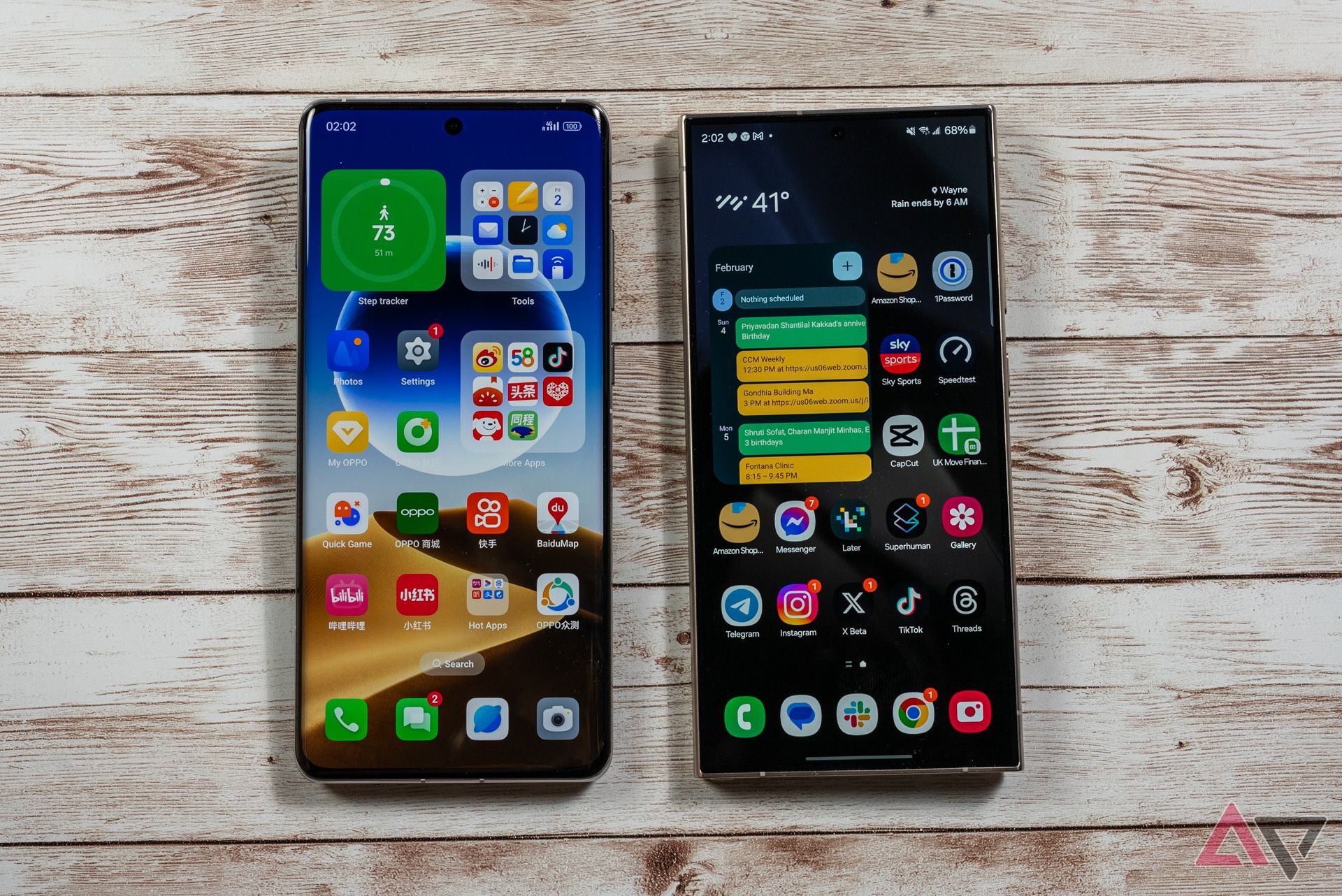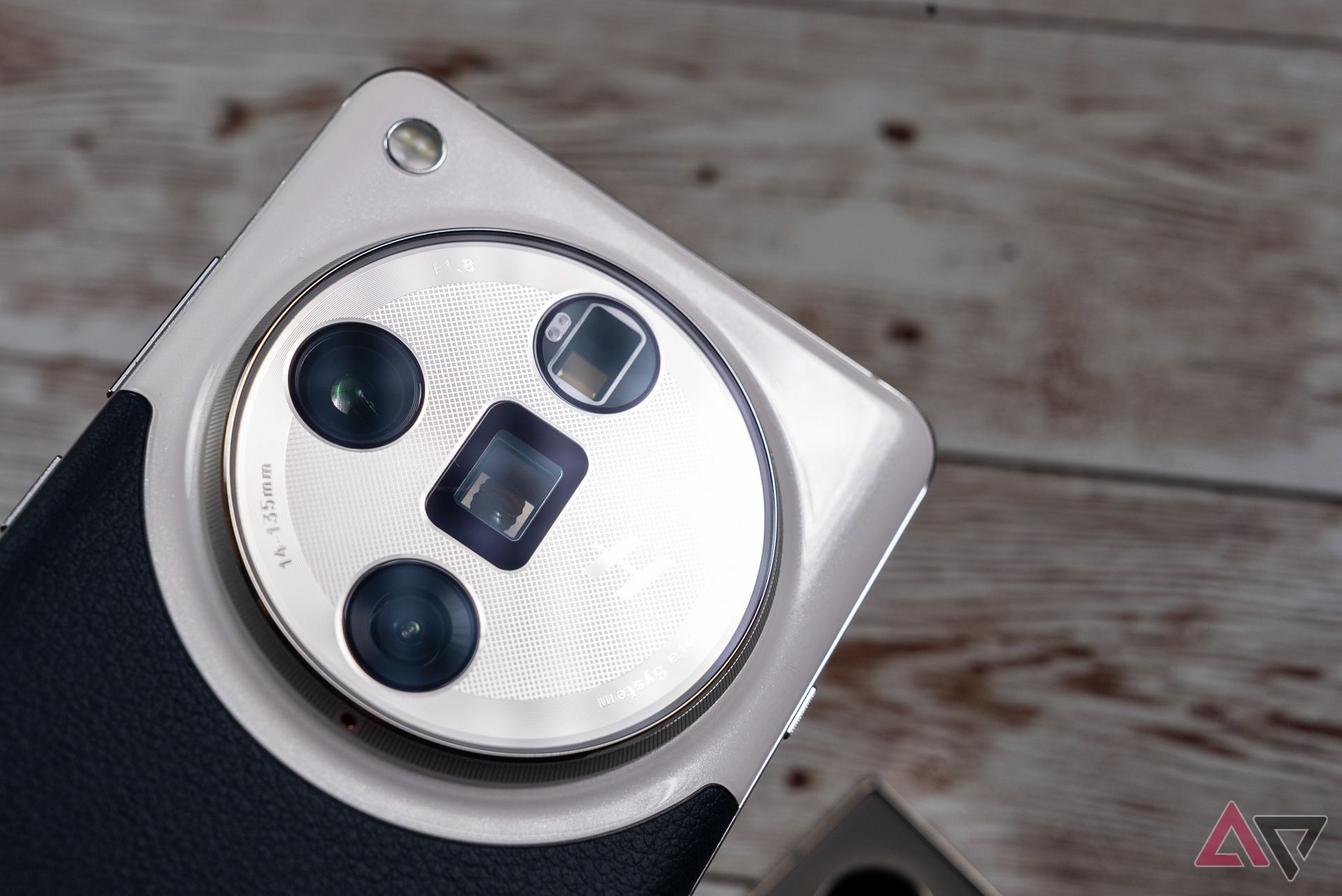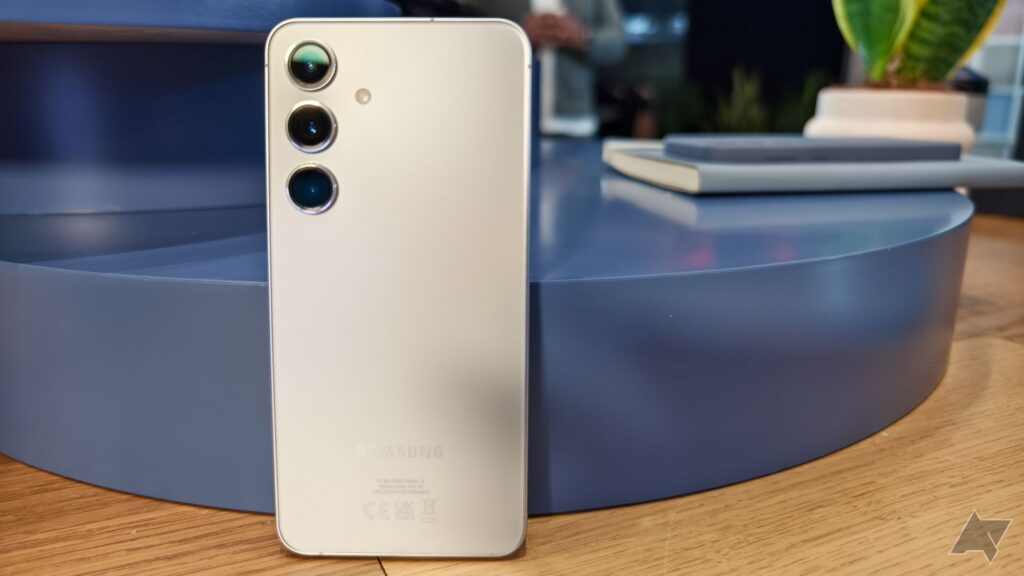I’m a huge fan of the new OnePlus 12. For $900 — and even less, if you’re willing to trade in any old phone — it offers incredible value, challenging any phone that dares call itself Pro or Ultra. The camera lineup is among the best that OnePlus has ever put on a phone, and both the primary and ultrawide sensors in particular can go toe-to-toe with the Galaxy S24 Ultra in most conditions.
Yet, it’s not the best smartphone to come out of BBK Electronics in recent weeks. While most of the world gets the OnePlus 12, BBK’s home market gets the best camera phone I’ve used this year: the Oppo Find X7 Ultra. It starts at ~¥5,999 (approx. $845), but it costs around $1,100 to import into the US or Europe (before customs) in its 16GB RAM configuration.
This places it in the same price category as the Galaxy S24 Ultra, although without the backing of carrier or trade-in deals. Yet, it’s the perfect blueprint for a hypothetical OnePlus 12 Ultra, something that I think could completely crush the rest of the Android smartphone competition.
What makes the Oppo Find X7 Ultra special?
Hint: It’s the cameras
The Oppo Find X7 Ultra is the first phone to feature four identical resolution cameras and the first to feature two folded periscope cameras.
The primary camera is a 50MP 1-inch CMOS sensor, and the ultra-wide is a 50MP sensor with a much smaller 1/1.95-inch sensor size. These are joined by the two folded periscope lenses: a 50MP with OIS that offers 2.8x optical zoom and a 50MP with 6x optical zoom and OIS. This is the best camera hardware I’ve ever used in a phone, and it delivers in its execution. That’s not to say the OnePlus 12 is a slouch — its camera is fantastic, as I alluded to, offering a similar shooting experience to the Find X7 Ultra. However, the latter’s camera is objectively better.
Above is an example of the differences in the Zoom capabilities between the OnePlus 12 and the Oppo Find X7 Ultra. In that order, there are five images for each showcasing the ultra-wide, regular, 2x, 3x, and 6x capabilities. The OnePlus 12 images come first, followed by the Oppo Find X7 Ultra.
The Find X7 Ultra is special because there’s no resolution step change when switching lenses. This means you’re capturing the same amount of information regardless of which lens you use, giving you much more to work with. The overall color profile is great, and there are ways to dial down or disable features you don’t like, such as Beauty Mode.
Beyond the camera, the Oppo Find X7 Ultra is almost identical to the OnePlus 12. Western markets got a phone with three cameras, while Oppo added a fourth camera solely for customers in its home market. Yes, it’s fairly easy to enable Google apps, and the phone works fairly well in the US, so long as you’re willing to deal with potential headaches from missing band support.
Don’t skip over the design, either. This phone features a stunning part-vegan leather part-camera housing design; it’s truly breathtaking in the hand. It reminds me of the faux leather finish on the black OnePlus Open and proves that OnePlus wouldn’t have to drastically alter its hardware to create the OnePlus 12 Ultra.
The missing ingredients the OnePlus 12 Ultra needs
It’s so close, yet so far
While I want a OnePlus 12 Ultra to hit store shelves as soon as possible, I’m not sure the company is willing to go there. Samsung can feel confident in the success of its $1,300 Galaxy S24 Ultra because it have two key things that OnePlus doesn’t: an extensive marketing budget and support from virtually every carrier globally. BBK lacks in both areas, and hasn’t made any progress towards solving them.
Despite the OnePlus Open receiving widespread acclaim as being the best foldable phone released last year — even months later, I still love it — it barely made a dent in the market. Instead, the somewhat nascent foldables market continued to be dominated by Samsung, with a little sprinkling of the Google Pixel Fold thrown in. This showed the biggest challenge facing OnePlus and BBK: you can have an incredible product — which it did — but to make an impact, you need an equally incredible marketing budget.
To sell the OnePlus 12 Ultra, BBK would need to fix its marketing weaknesses and discover a way to get it into the hands of the masses. Partnering with a carrier could be a good approach to getting this on shelves and in customers’ hands, but whether any US carrier would bite remains to be seen.
The OnePlus 12 Ultra would need to live up to its name
How ultra can one phone be?
One reason I want the OnePlus 12 Ultra is Oxygen OS. After spending months using Oxygen OS on the OnePlus Open, I’m convinced it’s the best overall user interface of any Android manufacturer. ColorOS is Oppo’s version, and while there are many similarities, Oxygen OS has fewer preloaded apps and is more streamlined overall.
Beyond that, the Oppo Find X7 Ultra is so good that OnePlus could easily rebrand it and change the colors to match the OnePlus Black and Green color schemes. It offers everything I like in the OnePlus 12 but also brings a phenomenal 6x optical zoom that helps it offer fantastic 10x hybrid zoom. The 5,000 mAh battery lasts two days of average usage, and 100W wired charging means you can recharge to full in half an hour. There’s also 50W wireless charging, which takes about an hour — less than the 25W max wired charging on the Galaxy S24 Ultra (which takes over an hour).
The Oppo Find X7 Ultra helps define almost everything a phone needs to be an Ultra. While it doesn’t offer native stylus support, nor does it have any AI-driven features like Circle-to-Search on the Galaxy S24 Ultra, it does offer the most complete flagship experience I’ve ever used. Most importantly, it takes a different approach to Zoom compared to Samsung, yet serves as a blueprint for how Samsung could — and should — evolve its own Ultra lineup.
That alone is why Oppo’s flagship should arrive stateside as the OnePlus 12 Ultra: it’s a unique opportunity to launch something truly special. Even as a one-off that isn’t repeated in future years, it’s an opportunity for the brand to build a new class of OnePlus smartphones. Doing so would also deliver Samsung some much-needed competition, and considering how stagnant its smartphones have become, it’s a must-have in this current market.
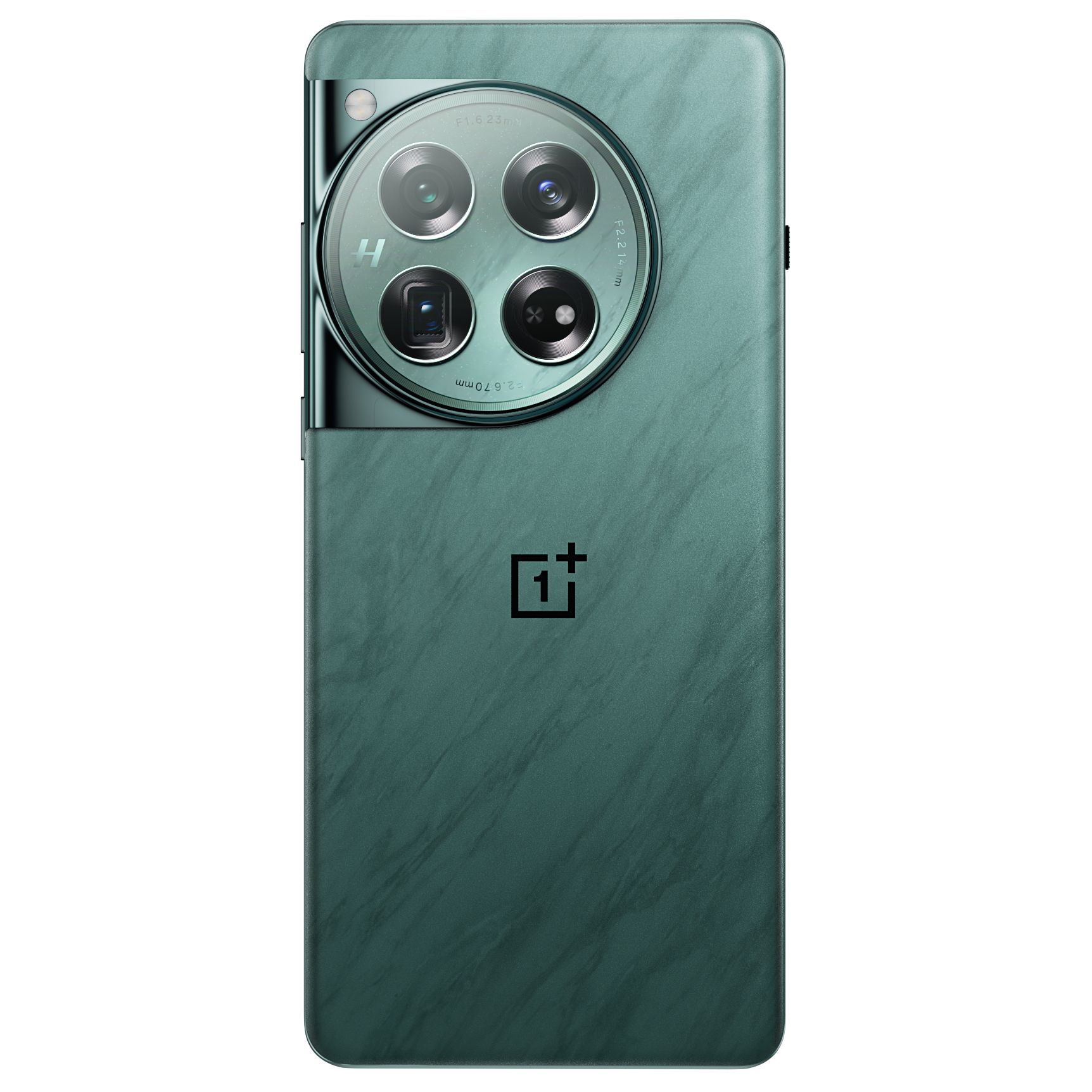
OnePlus 12
$800 $900 Save $100
Until we get the OnePlus 12 Ultra, the OnePlus 12 is the best phone to buy. It offers the best all-around value for money, and its camera is just as capable as the competition. Its price makes it the best phone for most people!
